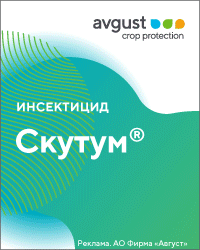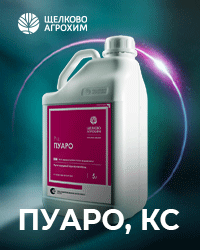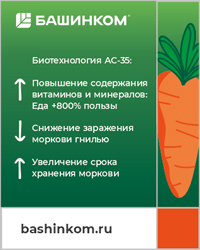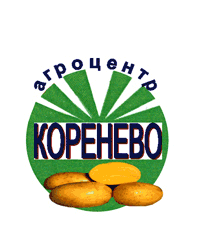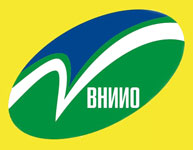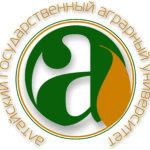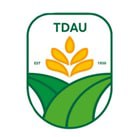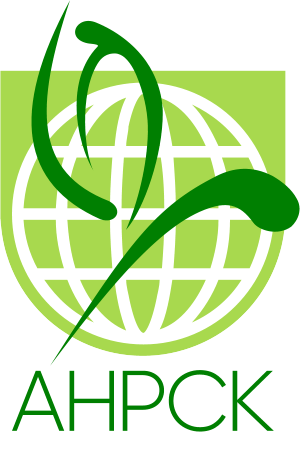UDC 633.34:632.4
https://doi.org/10.25630/PAV.2025.55.27.002
Kostin N.K., Beloshapkina O.O., Kolesnikova T.P.
In many soybean-growing regions of Russia cercosporosis remains among the most widespread diseases, typically caused by two phytopathogenic fungi: Cercospora sojina Hara and Cercospora kikuchii (Matsumoto & Tomoyasu) Gardner (a quarantine pest in the EAEU). The aim of this study was to assess the regional occurrence of cercosporosis in Russia and to refine the species composition of Cercospora on soybean seeds and vegetative tissues. Our objectives were to synthesize two years of observations and to propose a practical, first-line diagnostic workflow based on cultural and morphological characters of the pathogens. The work was conducted in 2024–2025 at the All-Russian Plant Quarantine Center (FGBI “VNIIKR”). Over two years, 98 soybean samples were collected from seven regions of Russia (81 vegetative samples and 17 seed samples). In total 11 Cercospora isolates were obtained in pure culture (C. sojina – 5, C. kikuchii – 6). Within our dataset, C. kikuchii was detected only in territories already designated as quarantine phytosanitary zones, whereas C. sojina was more widespread. Molecular diagnostics employed PCR with universal primers ITS4/ITS5 followed by Sanger sequencing of the amplicons. Many samples presenting cercosporosis-like symptoms proved to be associated with other soybean pathogens (genera Diaporthe, Colletotrichum, Alternaria, Epicoccum, Fusarium, Botrytis, Sclerotinia, etc.), whose generic and species identities were confirmed by sequencing. In total, 446 fungal isolates obtained from soybean fields and seed lots were purified and deposited in the FGBI VNIIKR culture collection. The proposed morphological criteria (colony form and color, mycelial growth pattern, reverse pigmentation, and conidial shape and size) help streamline identification of cercosporosis agents on soybean and reduce the risk of false conclusions during monitoring.
Key words: soybean, crops, seeds, Cercospora blight, Cercospora sojina, Cercospora kikuchii, visual and culture-morphological diagnostics
Kostin N.K., postgraduate student, Russian State Agrarian University – Moscow Timiryazev Agricultural Academy, also Junior Researcher, All-Russian Plant Quarantine Center (VNIIKR). E-mail: kostinwork1@gmail.com. ORCID: 0009-0003-8066-0753
Beloshapkina О.О., D.Sci.(Agr.), professor, Russian State Agrarian University – Moscow Timiryazev Agricultural Academy (RSAU–MTAA). E-mail: beloshapkina@rgau-msha.ru. ORCID: 0000-0002-8564-8142
Kolesnikova T.P., Cand. Sci. (Biol.), leading research fellow, Far Eastern State Agrarian University. E-mail: ktp227@yandex.ru. ORCID: 0000-0003-3029-8621
- Shchegorets O.V., Adamenko S.V. Amur Region is 165 years old: three periods of agriculture, prospects for innovative development of the crop production sector. AGRO-INDUSTRIAL COMPLEX OF RUSSIA. 2024. No4. Pp. 515–526 (In Russ.).
- Soy in the World and in Russia: Production, Domestic Consumption, Foreign Trade [Electronic resource]. FANO “Vostokgosplan”, 2022. [Web resource]. URL: https://vostokgosplan.ru/wp-content/uploads/soja-v-mire-i-rossii-proizvodstvo-vnutrennee-potreblenie-vneshnjaja-torgovlja.pdf Access date: 8.10.2025 (In Russ.).
- Spanner R., Neubauer J., Grusak M.A. [et al.]. Seedborne Cercospora beticola Can Initiate Cercospora Leaf Spot from Sugar Beet (Beta vulgaris) Fruit Tissue. Phytopathology. 2022. Vol. 112. No5. Pp. 1016–1028. DOI 10.1094/PHYTO-03-21-0113-R. EDN HXUFMW.
- Survey of Cercospora leaf spot of spinach caused by Cercospora beticola in South Gujarat. Mm. Senta, Jr. Pandya, Rp. Pandya, Sh. Joshi. International Journal of Farm Sciences. 2023. Vol. 13. No2. Pp. 30–33. DOI 10.5958/2250-0499.2023.00027.7. EDN JWUGJT.
- National report on the quarantine phytosanitary state of the territory of the Russian Federation in 2024. Plant Health and Quarantine. 2025. No2. Pp. 2–16. (In Russ.)
- Barro J.P. et al. Frogeye leaf spot caused by Cercospora sojina: A review. Tropical plant pathology. 2023. Vol. 48. No4. Pp. 363–374.
- Turner R. E. et al. Effects of purple seed stain on seed quality and composition in soybean. Plants. 2020. Vol. 9. No8. P. 993.
- Poliksenova V.D., Khramtsov A.K., Piskun S.G. Methodological Guidelines for the Mycology Practicum. Methods of Experimental Study of Microscopic Fungi. Minsk. Belarusian State University. 2004. 36 p. (In Russ.).
- White T. J. et al. Amplification and direct sequencing of fungal ribosomal RNA genes for phylogenetics // PCR protocols: a guide to methods and applications. 1990. Vol. 18. No1. Pp. 315–322.
- Kuznetsova A.A., Surina T.A., Kostin N.K. Determination of biological efficiency of fungicides against quarantine pests of grain, legume and oil crops in laboratory conditions. Plant Health and Quarantine. 2025. No1. Pp. 15–25. (In Russ.). https://doi.org/10.69536/FKR.2025.42.94.002
PDF(Rus)
For citing: Kostin N.K., Beloshapkina O.O., Kolesnikova T.P. Cercospora diseases of Soybean and their diagnostics. Potato and vegetables. 2025. No7. Pp. 27-31. https://doi.org/10.25630/PAV.2025.55.27.002 (In Russ.).

